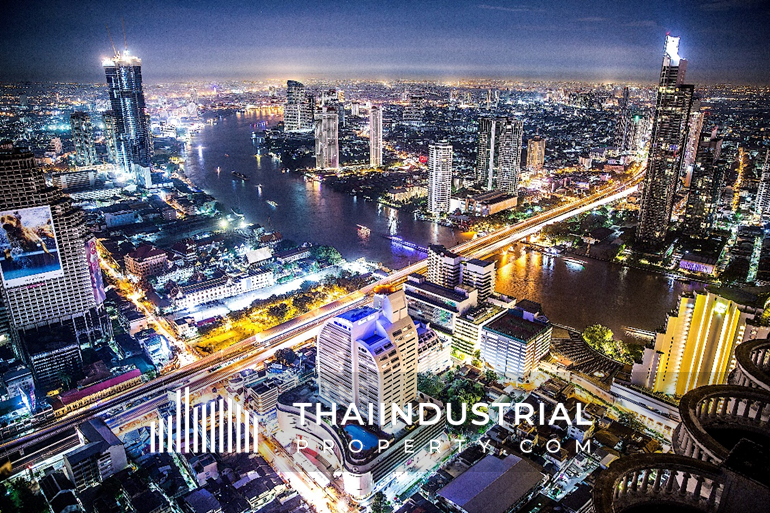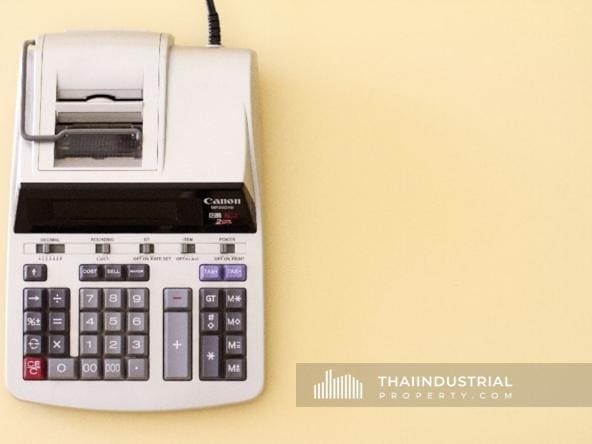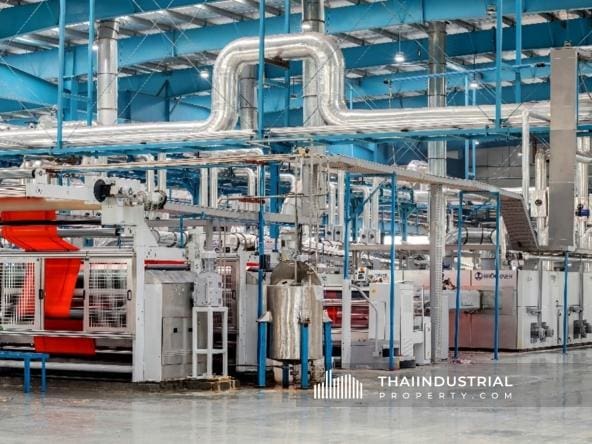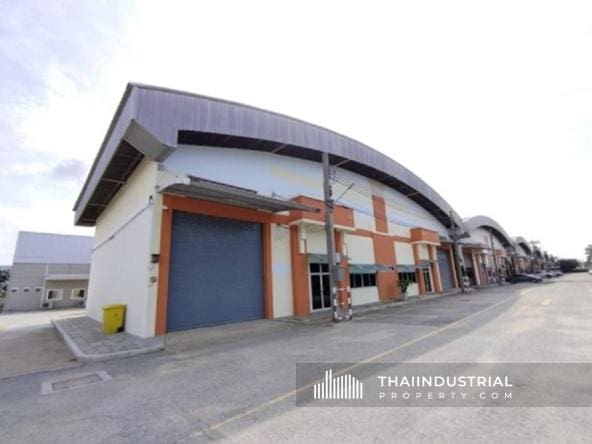Electricity is a vital component for industrial factories and warehouses in Thailand, powering various machinery and equipment. Understanding the basics of electricity and the process of upgrading electrical capacity is essential for businesses operating in this sector. This quick start guide aims to provide valuable information on electricity in industrial settings, including key principles, available capacities, upgrading options, and the process involved.
1. The Principal Knowledge of Electricity In Warehouse Thailand
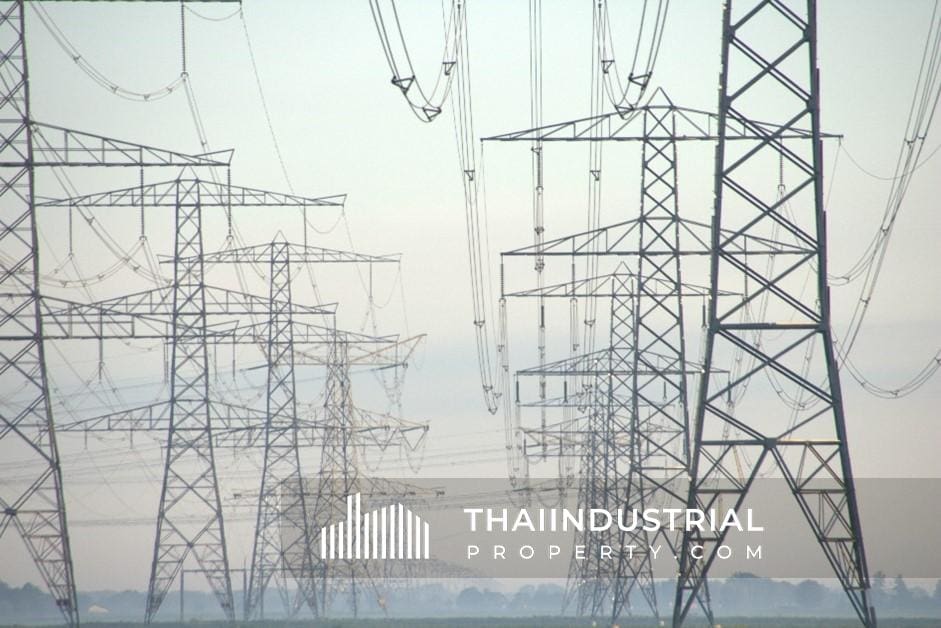
To comprehend the concepts related to electricity, it is important to understand the following key terms:
- Voltage: Voltage is often referred to as electrical pressure. It measures the potential difference between two points in an electrical circuit and is typically measured in volts (V).
- Ampere: Ampere, commonly known as current, is the rate at which electric charge flows in a circuit. It represents the amount of electric current passing through a point in a circuit and is measured in amperes (A).
- KW (kilowatt) is a unit of power, representing the rate at which work is done or energy is transferred in an electrical circuit.
- Amps = Watts / Volts: Amps can be calculated by dividing the power in watts by the voltage.
- Watts = Amps x Volts: The power in watts can be calculated by multiplying the amperage by the voltage.
- Real Power: Real power is the product of voltage and amperage and is measured in kilowatts (kW). It represents the actual power consumed or utilized by electrical devices.
- Apparent Power (kVA): Apparent power is the product of voltage and amperage at maximum efficiency and is measured in kilovolt-amperes (kVA).
- Power Factor: Power factor is a measure of the efficiency of power transmission in an electrical circuit. It represents the ratio of real power (kW) to apparent power (kVA). A power factor of 1 indicates maximum efficiency.
- Power x Time = Energy: The product of power and time gives the energy consumed by an electrical device. For example, if a device has a power rating of 1 kW and operates for 2 hours, it consumes 2 kWh (kilowatt-hours) of energy.
50Hz: The frequency of alternating current (AC) is measured in hertz (Hz), representing the number of complete cycles per second. A frequency of 50Hz means that the current alternates 50 times per second.
2. How much electricity is provided in warehouses/factories in Thailand?
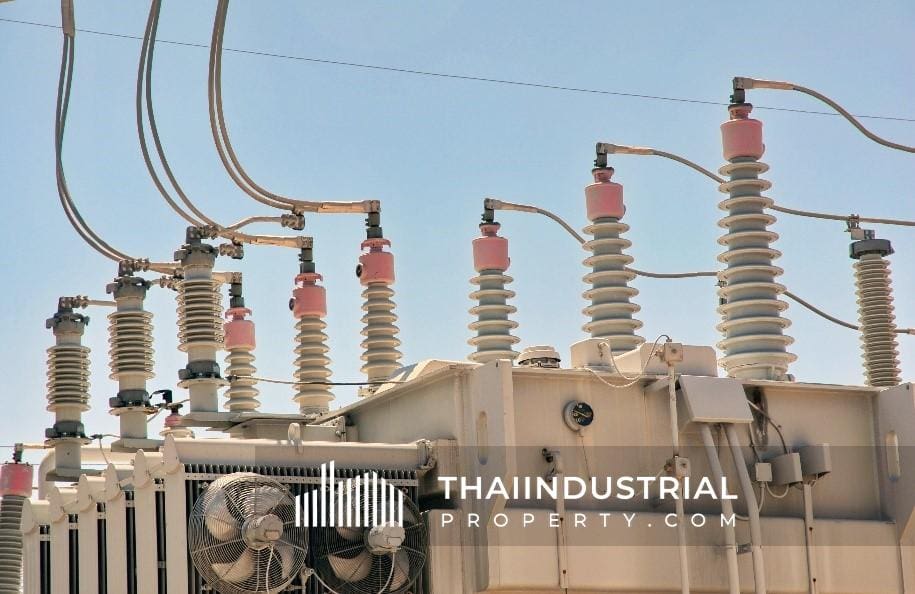
The electricity supply available in warehouses and factories in Thailand varies based on the requirements and capacity of the facility. Standard options include single-phase or three-phase connections with different amperage ratings. Common amperage options for industrial settings include 15/45, 30/100, or 50/150 amps. It’s important to understand the measurement units and conversions for electrical capacity. For instance, 1 kilowatt (kW) is equal to 1000 watts, and 1 horsepower (hp) is approximately equal to 0.746 kW or 0.932 kVA. The specific voltage and frequency used in Thailand are typically 380 volts for warehouse or factory, and 50Hz, respectively.
3. Can I upgrade for more electricity, and what are the costs?
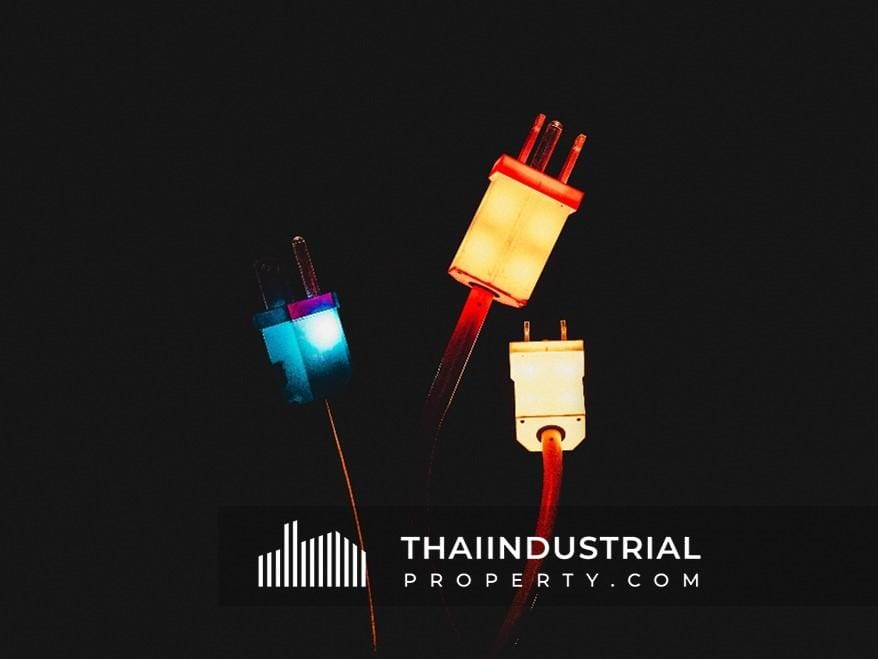
If your warehouse or factory requires additional electrical capacity, it is possible to upgrade the electricity supply. To initiate the upgrade process, you can contact the Metropolitan Electricity Authority (MEA) or the Provincial Electricity Authority (PEA), depending on the location of your facility. The cost of upgrading the electricity supply may vary based on factors such as the required capacity, existing infrastructure, and location distance from source of electricity. It is recommended to consult with the respective authorities to determine the specific costs associated with the upgrade.
4. How to upgrade electricity in the facility?
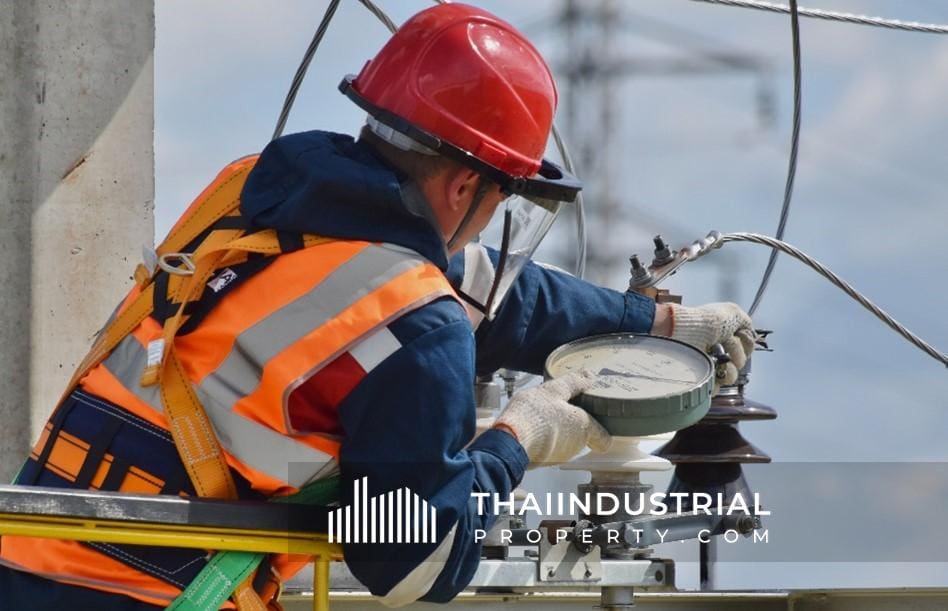
To proceed with the upgrade, you will need to prepare relevant documents from the landlord or facility owner. These documents typically include the business license, factory layout, electrical load calculation, and other supporting information. Once you have gathered the necessary documents, you can submit them to the MEA or PEA for review and approval. The authorities will assess the requirements and provide guidance on the upgrade process, including any additional equipment or modifications needed.
5. [kWh price] Calculating Power Consumption
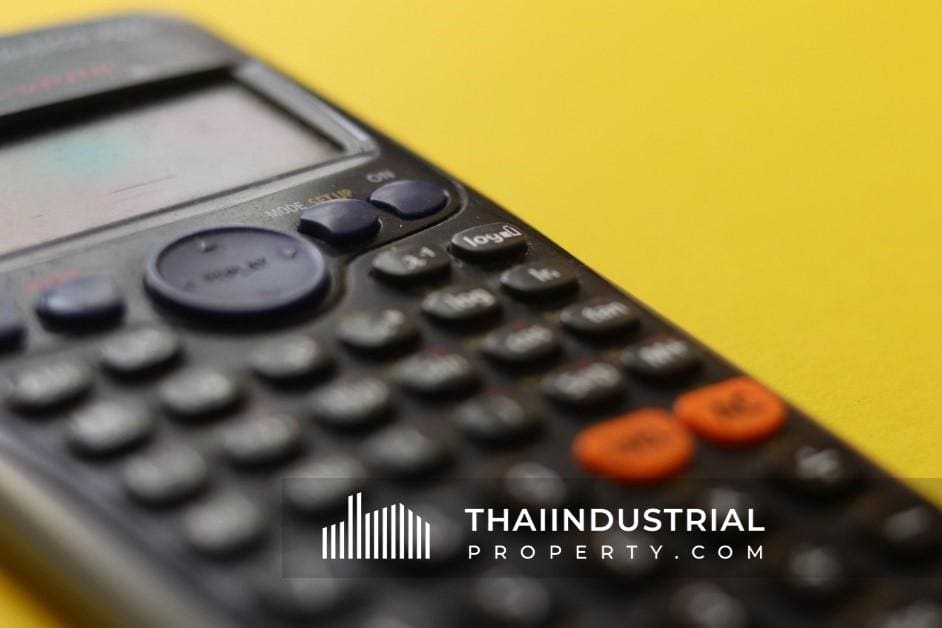
In most cases, industrial projects have a shared transformer that allocates a certain amount of electricity to each warehouse or factory unit. The amount of electricity available will depend on the project’s overall capacity and the allocation for individual units. If your electricity needs exceed the allocated capacity and require 400 amperes or more, you will likely need to purchase your own Main Distribution Board (MDB) and transformer in kilovolt-amperes (kVA). These additional components will need to be installed within your premises to cater to the increased power demand. Need to quickly check? Click Here to calculate your power consumption:
Understanding the fundamental principles of electricity, available capacities, upgrading options, and the process involved is crucial for industrial factories and warehouses in Thailand. By familiarizing yourself with these concepts, you can make informed decisions regarding your electrical requirements and effectively manage your power consumption needs. If you are looking to rent warehouses and factories of various sizes or learn more, kindly contact us

